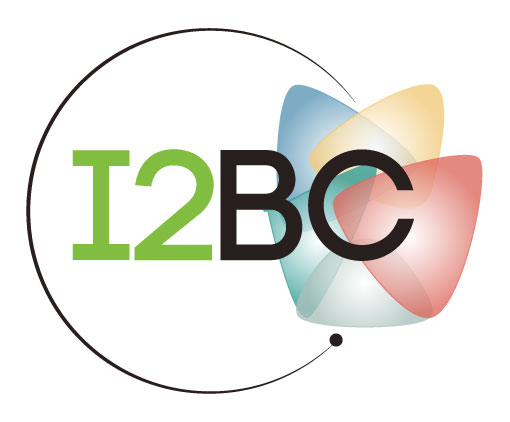Structural comparison of protein-RNA homologous interfaces reveals widespread overall conservation contrasted with versatility in polar contacts
Résumé
Protein-RNA interactions play a critical role in many cellular processes and pathologies. However, experimental determination of protein-RNA structures is still challenging, therefore computational tools are needed for the prediction of protein-RNA interfaces. Although evolutionary pressures can be exploited for structural prediction of protein-protein interfaces, and recent deep learning methods using protein multiple sequence alignments have radically improved the performance of protein-protein interface structural prediction, protein-RNA structural prediction is lagging behind, due to the scarcity of structural data and the flexibility involved in these complexes. To study the evolution of protein-RNA interface structures, we first identified a large and diverse dataset of 2,022 pairs of structurally homologous interfaces (termed structural interologs). We leveraged this unique dataset to analyze the conservation of interface contacts among structural interologs based on the properties of involved amino acids and nucleotides. We uncovered that 73% of distance-based contacts and 68% of apolar contacts are conserved on average, and the strong conservation of these contacts occurs even in distant homologs with sequence identity below 20%. Distance-based contacts are also much more conserved compared to what we had found in a previous study of homologous protein-protein interfaces. In contrast, hydrogen bonds, salt bridges, and π-stacking interactions are very versatile in pairs of protein-RNA interologs, even for close homologs with high interface sequence identity. We found that almost half of the non-conserved distance-based contacts are due to a small proportion of interface residues that no longer belong to the interface in the interolog, a phenomenon we term “interface switching out”. We also examined possible recovery mechanisms for non-conserved hydrogen bonds and salt bridges, uncovering diverse scenarii of switching out, change in amino acid chemical nature, intermolecular and intramolecular compensations. Our findings provide insights for integrating evolutionary signals into predictive protein-RNA structural modeling methods.
| Origine | Fichiers produits par l'(les) auteur(s) |
|---|---|
| licence |





